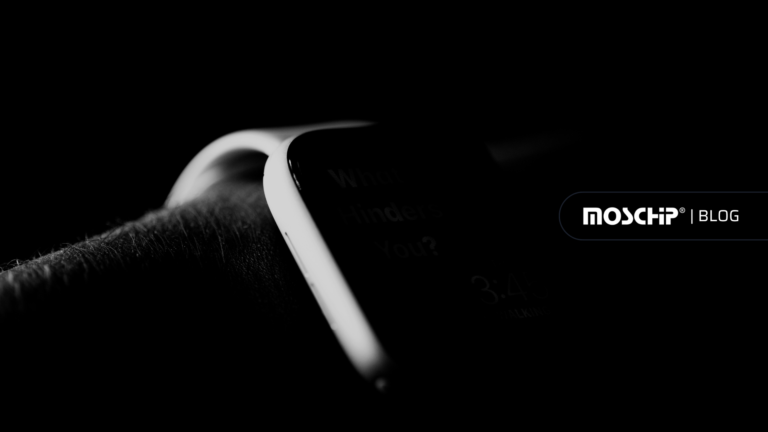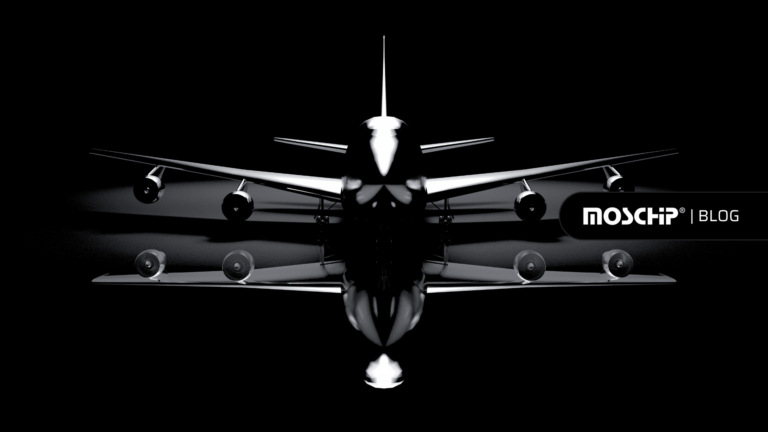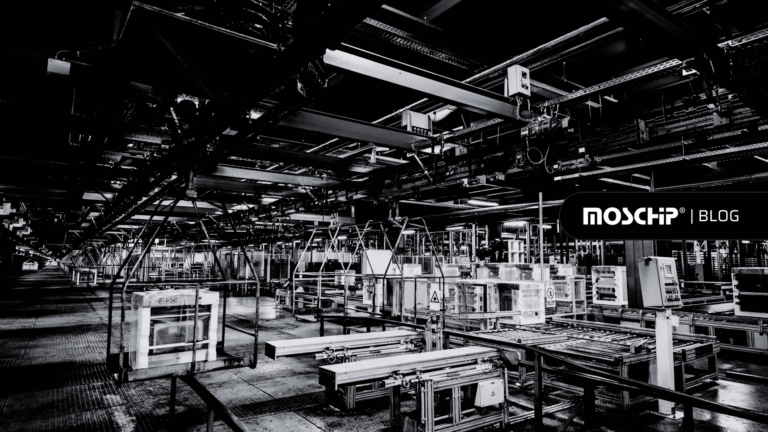Unleashing the Future of Wireless IoT
1. How is wireless IoT transforming the landscape of smart cities and urban infrastructure?
With technological advancement, smart cities rely heavily on wireless IoT to collect and analyze real-time data to optimize city operations. Let us say, how urban infrastructure in traffic management can involve the use of IoT sensors implanted in traffic lights to monitor traffic flows and make temporal adjustments that will reduce congestion. Another example is smart streetlights with embedded controllers that can automatically adjust their brightness based on pedestrian activity to conserve energy. Optimum utilization of resources is a benefit that becomes relevant for IoT-enabled solutions in smart cities. Wireless IoT with embedded systems transform and uplifts the city landscape making them resourceful, sustainable, and pleasurable to live in.
2. What role does 5G play in enhancing the capabilities and reach of wireless IoT devices?
5G is the game-changer for wireless IoT. It incorporates high-speed connectivity, low latency, and increasing bandwidth features, all of which go straight to the performance of the embedded IoT systems. In IoT systems, such as self-driving cars, real-time transmission, and processing of acquired data become of primary importance. 5G helps with rapid communication with other vehicles and traffic systems including surveillance cameras and environmental sensors, all connected by reliable embedded systems allowing collection of data in ways that improve management and decision making.
3. How are industries like healthcare and manufacturing leveraging wireless IoT for improved efficiency and innovation?
The incubation of wireless IoT in healthcare opened a new world for healthcare with telemedical and remote patient monitoring. Under such solutions, wearable health devices monitors, collect and transmit real-time health data, enabling early and appropriate action to be taken in response to problems. This improves patient care allowing to receive treatment from the comfort of their homes and reduces the burden of paperwork on healthcare facilities improving their efficiency. Moreover, the collected data can also be used to innovate futuristic treatment/medicines for fatal diseases.
In the manufacturing industry, wireless IoT sensor-equipped devices aids in timely maintenance and minimize the downtime. These devices are deployed in factories to track machine and human resource performance. Supply chain management systems gain real-time insights over the whole logistics spectrum by deploying the embedded tracking devices based on wireless IoT in their inventories and shipments. Thus, wireless IoT simplifies the processes, and results in fantastic advancements for both industries.
4. What are the key challenges and security concerns associated with the widespread adoption of wireless IoT technologies?
The increasing number of wireless-connected devices opens doors to DDoS attacks, identity theft, and data breaches, highlighting the need for strong protective measures and adequate defense. They can be vulnerable to malware, ransomware, man-in-the-middle (MiTM), and other attacks. We also need Stricter digital localized security laws. While OEM’s are adopting security design approach to tackle security issues, we need to ensure that every IoT device technology remains resilient against intrusions, maintaining trust and reliability critical for longevity and avoiding device recalls that can cost millions, and security vulnerabilities can be a contributing risk factor. The overall security issues and risks include Missing firmware updates, Lack of encryption, inconsistent security standards, Shared network access, a lot of legacy assets as part of the systems, supply chain security risks, and weak authentication.
IoT Solutions will need security from edge to cloud and over the air to include a Network-based firewall, Encrypted data transfer, IMEI lock, and Remote access security. IoT security is a technology area that focuses on protecting networks and connected devices. IoT network security is more challenging as compared to traditional network security as it involves a broader range of standards, communication protocols, and device capabilities, thereby increasing complexity.
Along with a security central the latest technologies have enabled the integration of technologies including Security Analytics and Visualization Platform (SAVP), Security Behavior and Analysis, and Tamper Detection. The device security lifecycle management includes centralized Management and deployment of security policies, Compliance Support, and Threat Management. All of these clubbed with AI technologies allow for Actionable Recommendations, Real-time Monitoring and analysis of security events, actionable alerts, automate common tasks and threat response, solutions for security information event management (SIEM), and security orchestration automated response (SOAR), AI-based intelligent security analytics and threat detection.
5. How can wireless IoT contribute to sustainable practices and environmental conservation efforts?
Green Initiatives and Energy Efficiency along with the convergence of wireless IoT and sustainability empower cities to address urban challenges through smart infrastructure, optimized resource management, sustainable mobility, and citizen engagement, paving the way for eco-friendly, resilient, and liveable environments including the Dynamic Response Systems. These systems can adapt to changing environmental conditions in real time, optimizing energy usage and resource allocation for maximum efficiency for example smart street lighting systems adjust brightness based on motion detection, leading to significant energy savings. Essentially, IoT gadgets encourage the proficient administration of assets like water and power, cultivating feasible development. Smart grids use IoT sensors and communication networks to monitor and optimize energy distribution, reducing waste and expanding efficiency.
The integration of IoT with public transportation systems has also improved proficiency, unwavering quality, and client involvement, urging more people to utilise eco-friendly modes of transportation, thus shrinking pollution levels. In waste administration, IoT arrangements can track and optimize collection courses, encourage reusing efforts, and even monitoring landfill levels, contributing to a circular economy and minimizing environmental impact. In the agriculture sector, IoT-powered water administration systems can identify spills, examine utilization patterns, and optimize dissemination systems, minimizing water waste.
The integration of the Industrial Internet of Things (IIoT) with IO-Link for predictive maintenance holds substantial potential for transforming environmental challenges into strategic advantages. Real-time monitoring of equipment condition and performance enables manufacturers to proactively predict maintenance requirements, thereby mitigating the risk of costly breakdowns and optimizing asset longevity.
6. What are the latest advancements in wireless IoT that are poised to drive the next wave of technological innovation?
To realize Wireless IoT’s future promise, various industry segment leaders across the geography have started various agreements on standards to align device makers and manufacturers. IoT products, software, hardware, and chip makers. All the relevant partners are collaborating to create new features, products, and innovations and bring them to market faster. In the home automation space industry giants have come together to create a CSA Connectivity standards alliance to create a Mattar protocol standard that has created an ecosystem of one protocol to connect compatible devices. Matter is unifying standard that promises reliable, secure connectivity while it creates more connections between more objects, simplifies development for manufacturers, and increases compatibility for consumers.
The deployment of 5G technology, particularly through Fixed Wireless Access (FWA), offers enhanced bandwidth and reduced latency across a wide spectrum of radio frequencies. Notable technological advancements such as low-power chips, improved connectivity, and sophisticated artificial intelligence (AI) and machine learning (ML) capabilities are facilitating the emergence of innovative Internet of Things (IoT) applications. Industries such as healthcare, manufacturing, and transportation are experiencing rapid adoption of these technologies. The convergence of wireless IoT and AI has the potential to unlock intelligent machine solutions, enabling the automation of tasks and autonomous decision-making.
With the developing technologies, voice interactions as part of Wireless connected devices including speakers and TV will provide a fidelity experience in the forthcoming new age that will allow people to give commands, change settings, and enjoy the immersive multimedia experience.
IO-Link Wireless technology is a groundbreaking connectivity solution in the Industrial Internet of Things (IIoT) realm, offering significant advantages. It facilitates sensor and actuator communication through a reliable point-to-point wireless connection, making it an ideal solution for industrial environments where wired connections are impractical. Recent advancements in Wifi-6, LPWAN, 5G, and Satellite technologies have significantly improved rural connectivity infrastructure, enabling the deployment of edge devices, sensors, and other equipment, as well as empowering humanitarian personnel to promptly report emergency incidents and request assistance.
7. How can consumers benefit from the integration of wireless IoT in their daily lives, from smart homes to wearable technology?
The benefits of wireless IoT for consumers in their daily lives are vast and diverse. In smart homes, embedded controllers in thermostats, lighting systems, and security cameras offer enhanced control and automation in their day-to-day lives. Homeowners can remotely adjust settings, receive alerts about unusual activities, and save on energy costs through intelligent automation that optimizes usage. Also, wearable technology, such as smartwatches and fitness trackers, monitor their physical activity, heart rate, and sleep patterns. Such wireless IoT devices provide personalized health insights and recommendations, creating a cohesive ecosystem that improves convenience, efficiency, and improves overall quality of life for users.
8. What future trends can we expect in the development and deployment of wireless IoT solutions across various sectors?
Wireless IoT technologies have been enabling solutions across sectors. These solutions enhance efficiency, reduce costs, improve services, streamline processes, and create new revenue streams. These solutions will be built to deliver extended battery life, enhanced device density, minimized end-to-end delay, a higher level of security, and ease of installation and management. Few of these new solutions will see an increased number of supported devices and new inter-operating modes between various vendors and protocols e.g. Matter protocol ecosystem development will help create true home automation with all supported devices talking to each other and reducing the interoperability issue. The smart home deployment will also see Wi-Fi-based solutions that include security cameras, HVAC, appliances, detached garage connections, solar power systems, power backup generators, and EV chargers. Smart buildings on the other hand will have building applications such as physical security, surveillance, access control, safety alarms, and water sensors. The solutions deployment across the Smart city application like infrastructure monitoring, smart utilities, and traffic management.
Within the Industrial environment leveraging technologies like IO-Link Wireless has unleased new levels of operational excellence. Deployments of wireless IIoT devices with edge computing will be key to optimizing assets and improving oil and gas operations while providing better-informed decisions.
Additional question
How MosChip Technologies is contributing to this transformation with wireless IoT?
We at MosChip Technologies have been continuously identifying and addressing the growing market demand for wireless IoT solutions. By leveraging our expertise in IoT, embedded systems and product development, we design innovative IoT solutions that simplifies business operations, enhance productivity, and lets businesses to take data-driven decisions. Our skillset under wireless IoT ranges from hardware board design to board support packages to embedded applications to cloud/mobile applications. Our team of wireless IoT experts can work on technologies like ZigBee, RF, WiFi, Bluetooth, BLE, mesh algorithms, LoRa, 2G/4G, 5G, NBIoT, automotive (CANbus, OBD II), industrial, and BMS (Modbus, BACnet, LonWorks) and IoT communication protocols like MQTT.
Our solutions are customized to meet the various industrial demands, from smart cities and healthcare to manufacturing, consumer electronics, automotive and many more.
Author
-
Senior Vice President - Product Engineering Services Vishal Patil is a Senior VP of product engineering services at MosChip Technologies and has more than 20 years of experience with expertise cutting across multiple industry verticals and working on a wide gamut of technologies including Embedded systems, IoT, Cloud computing, Software engineering, and Machine Learning. Prior to MosChip, Vishal worked as an Associate Director at eInfochips and was responsible for the strategy and roadmap of IoT and AI/ML offerings from Sensors to Cloud for various verticals including Home Automation, Industrial Automation, and Telecom. He helped customers and partners in defining the digital strategy and developing digital transformation roadmaps for the enterprise. He has also conceptualization and created a Go-to-market strategy plan for new service offerings in IoT/AI/ML technologies. Vishal started his career as an Embedded Software Developer for Industrial Automation Software development and later took on responsibilities that involved Architecting and designing Solutions on verticals including Connected Cars, Connected Medical and Home Automation, etc. He has an excellent and consistent track record of repeatedly building global new strategies and teams from scratch and managing the delivery. He is an Engineering graduate from Pune University and holds a master’s degree in business administration from Symbiosis International University.







